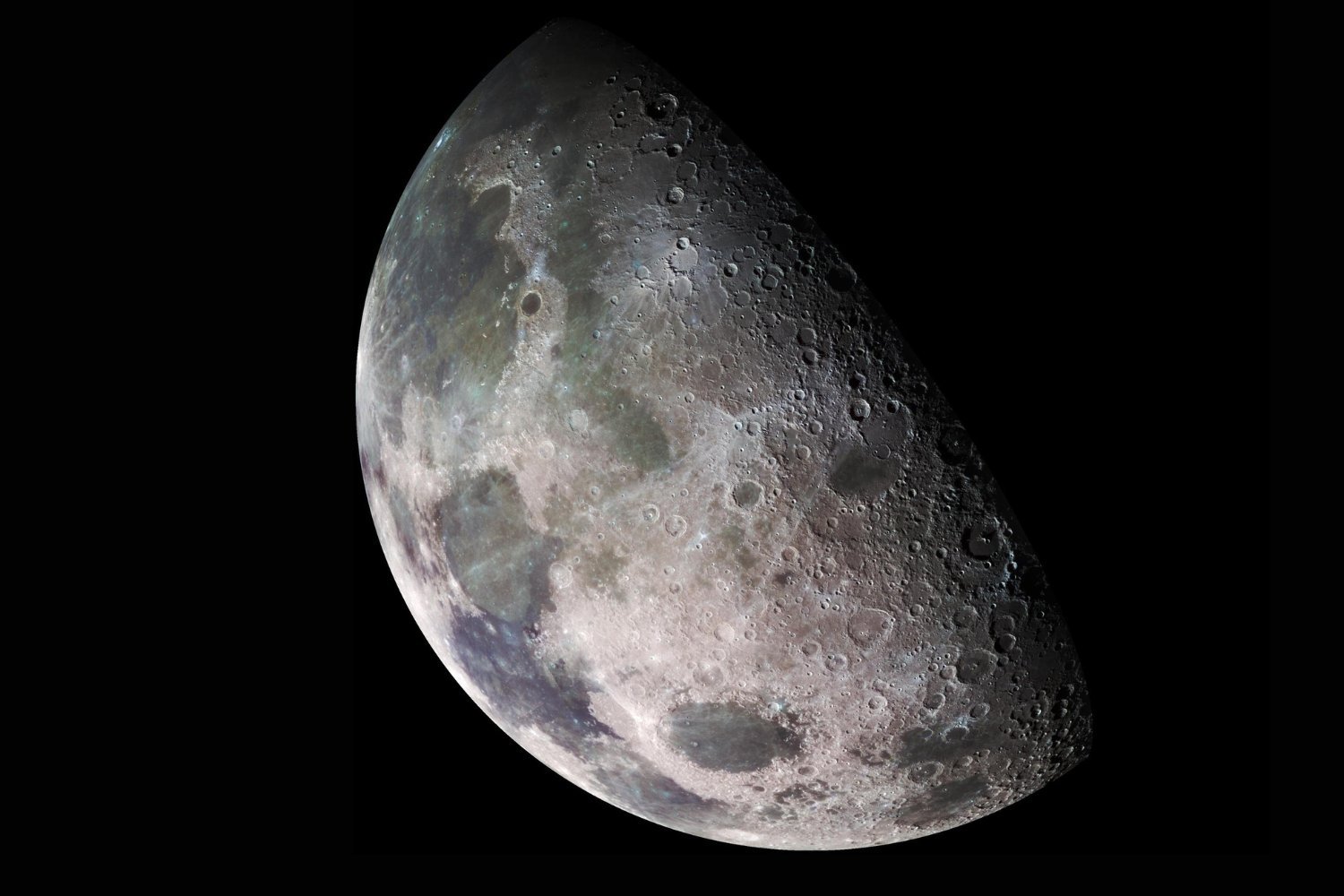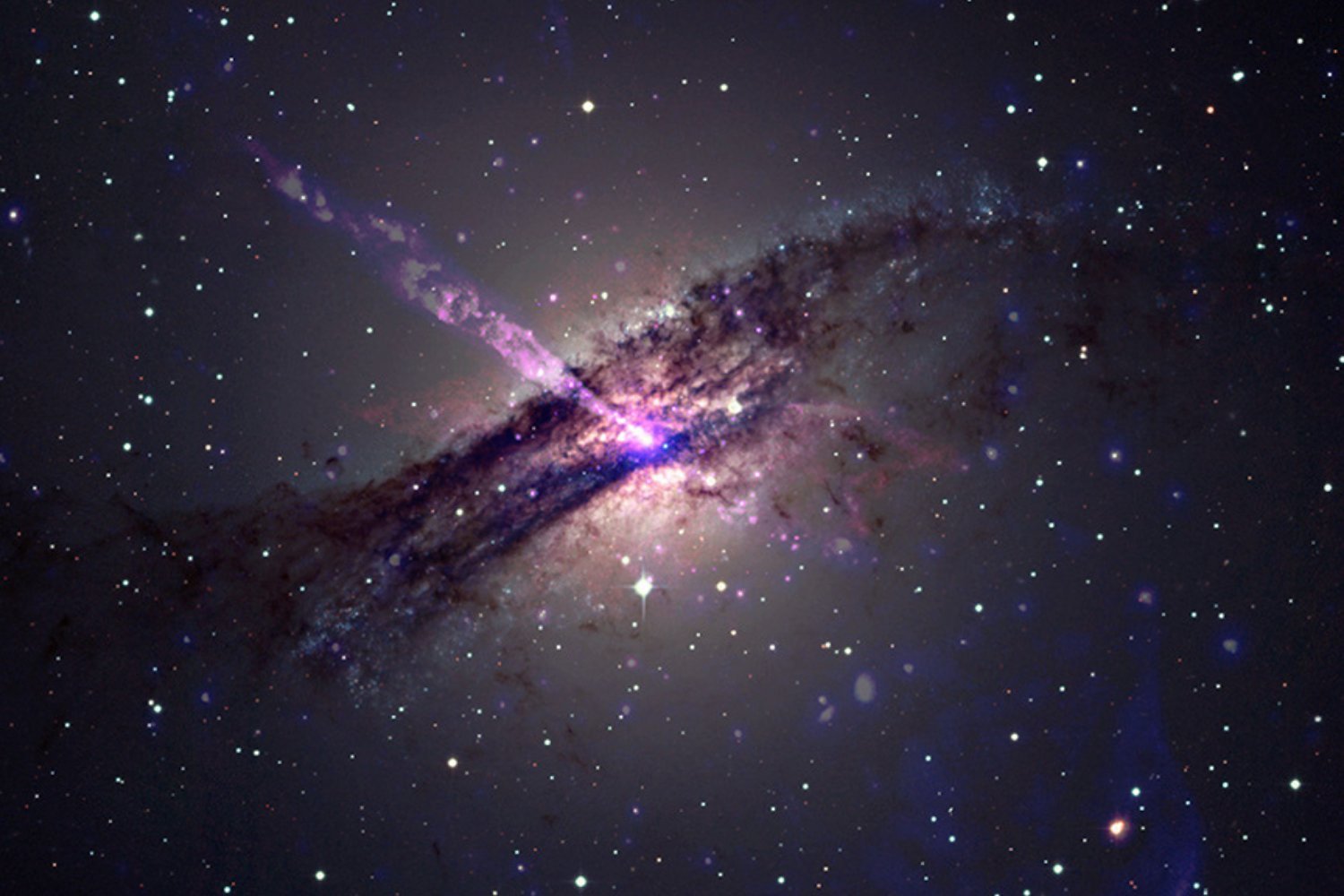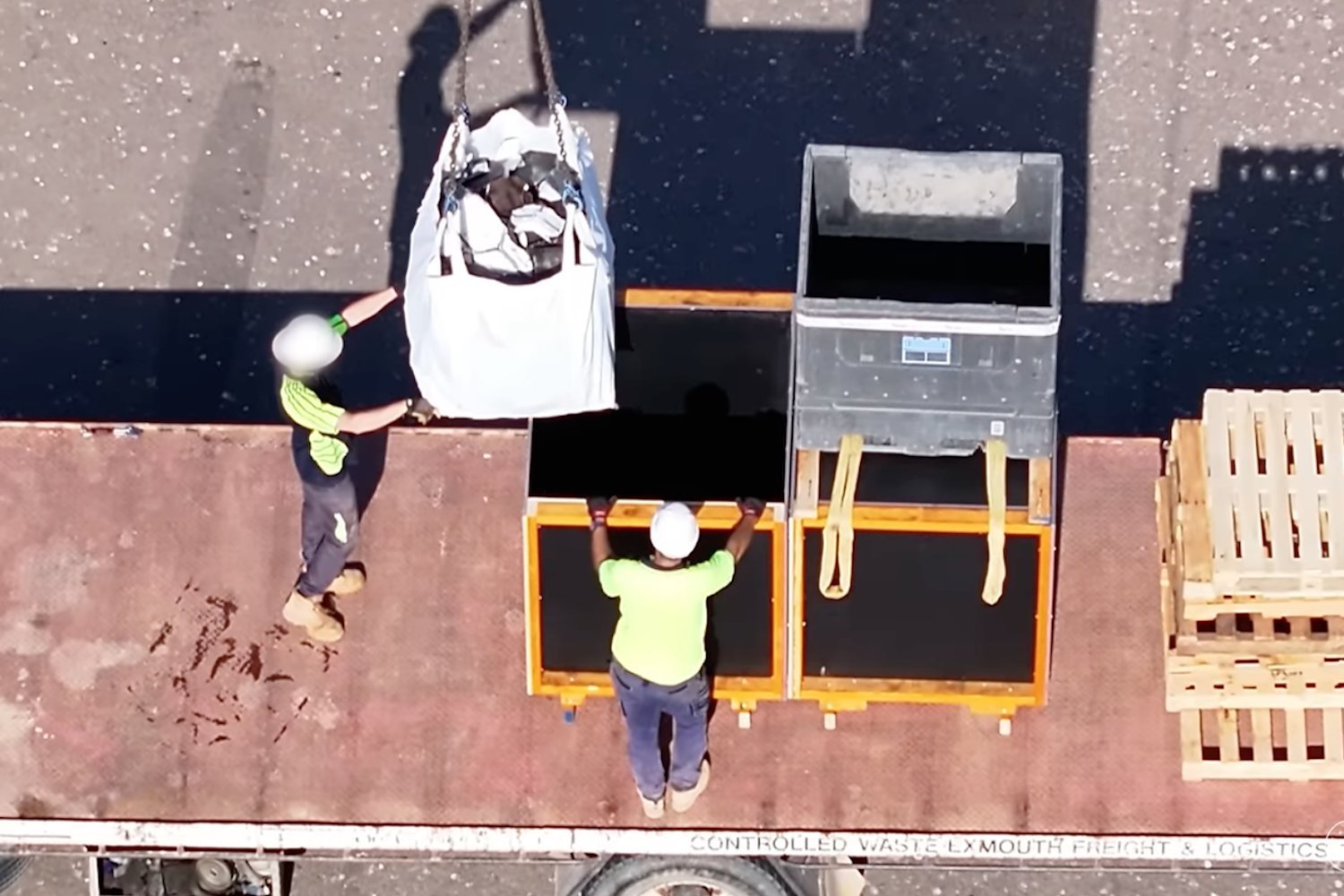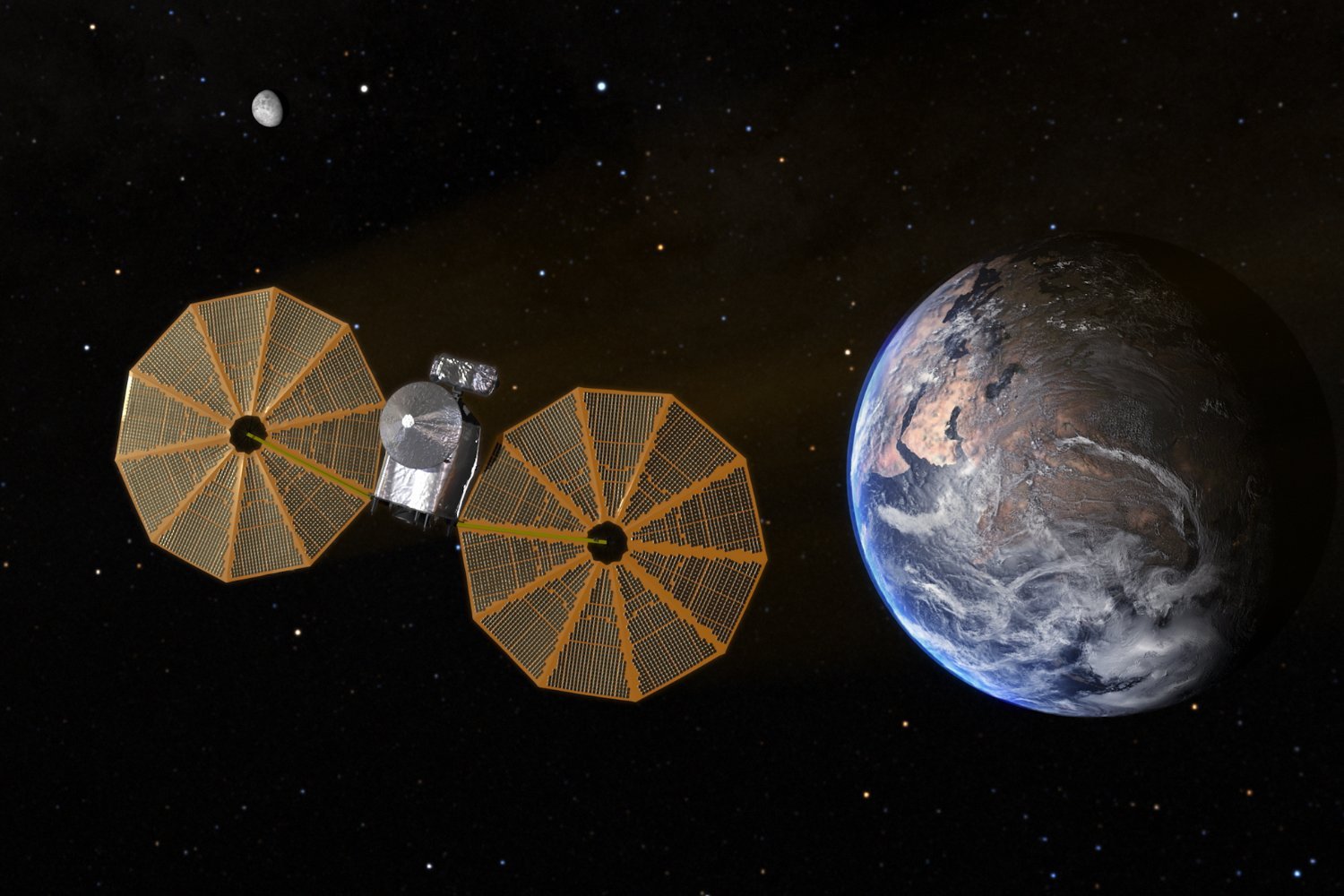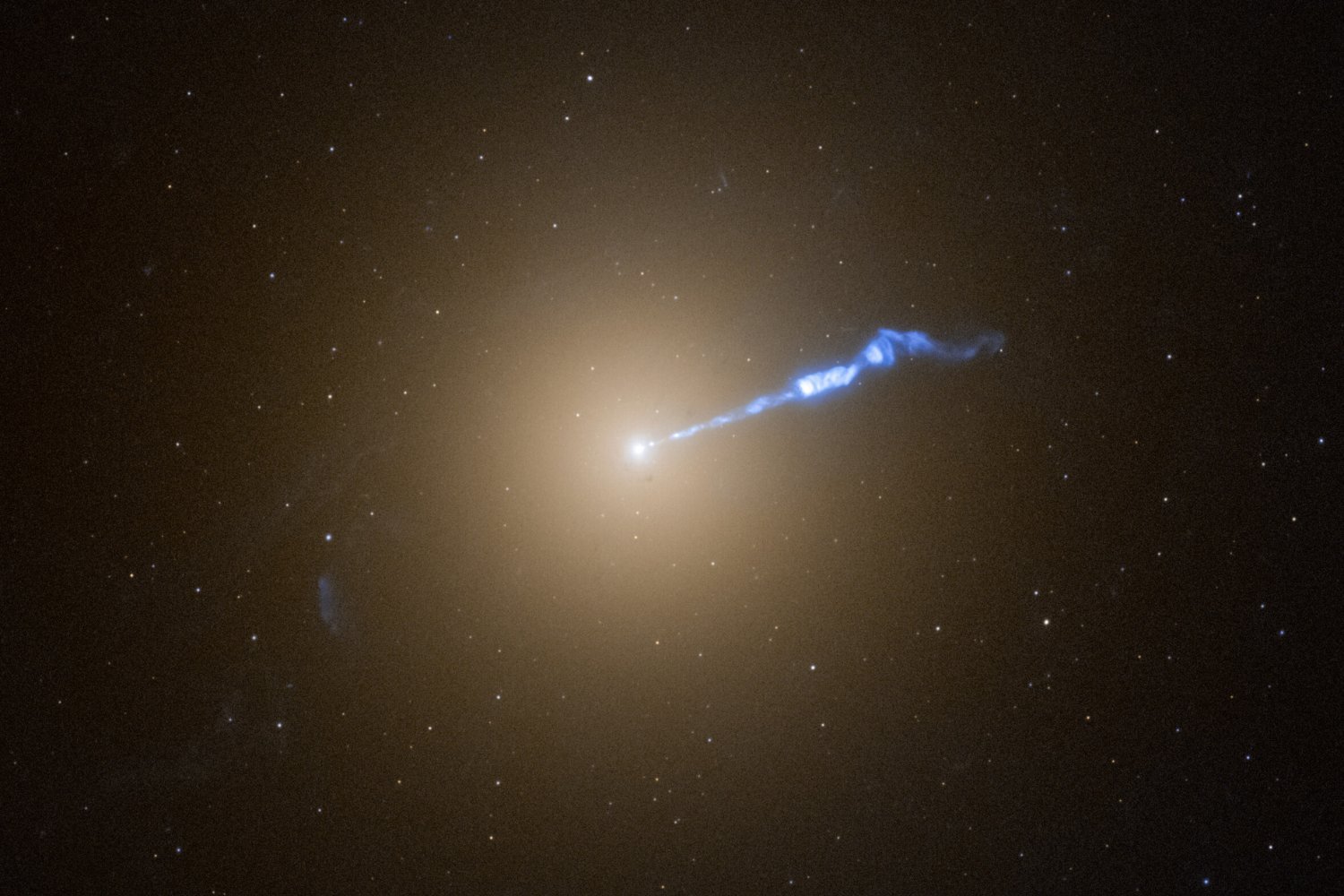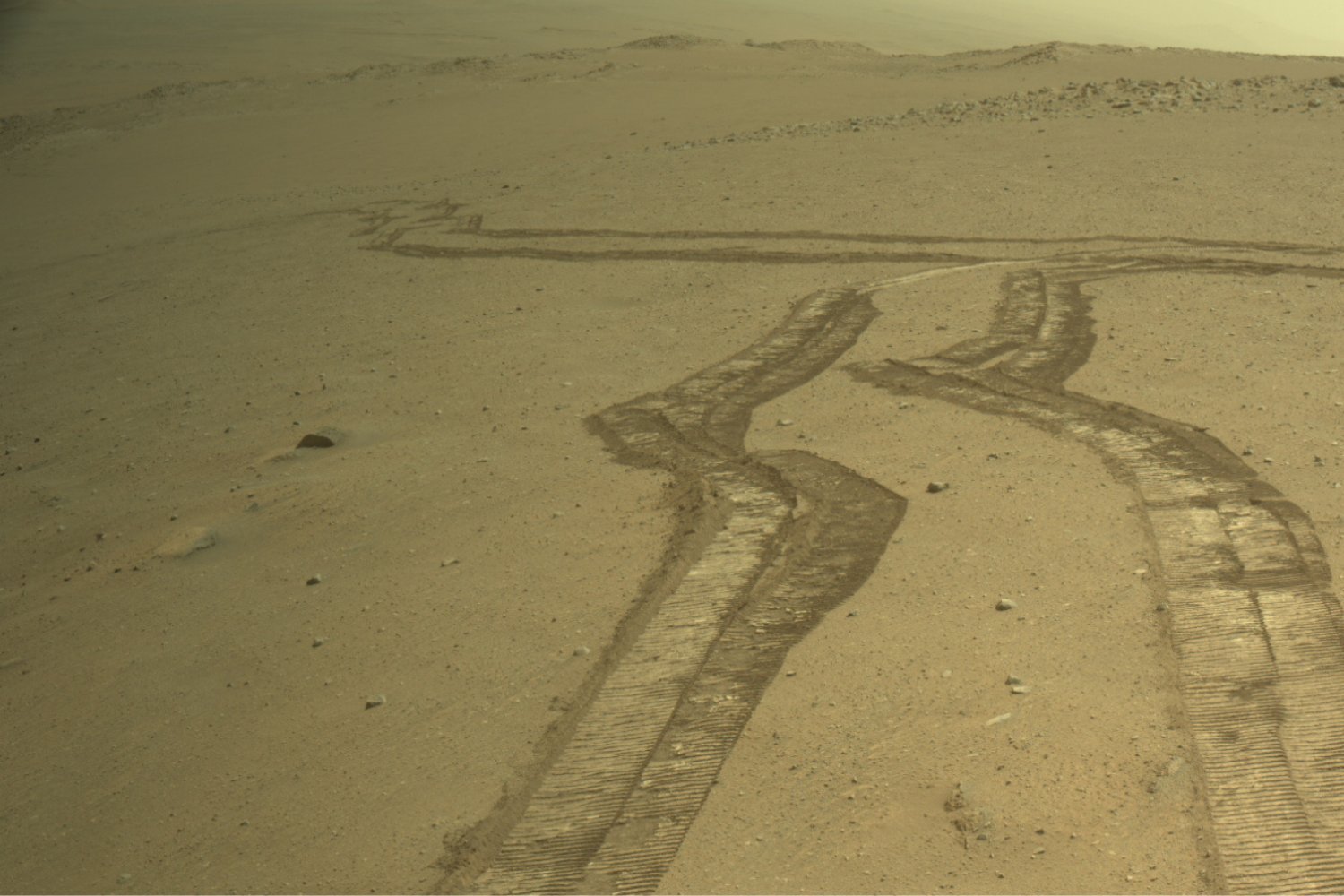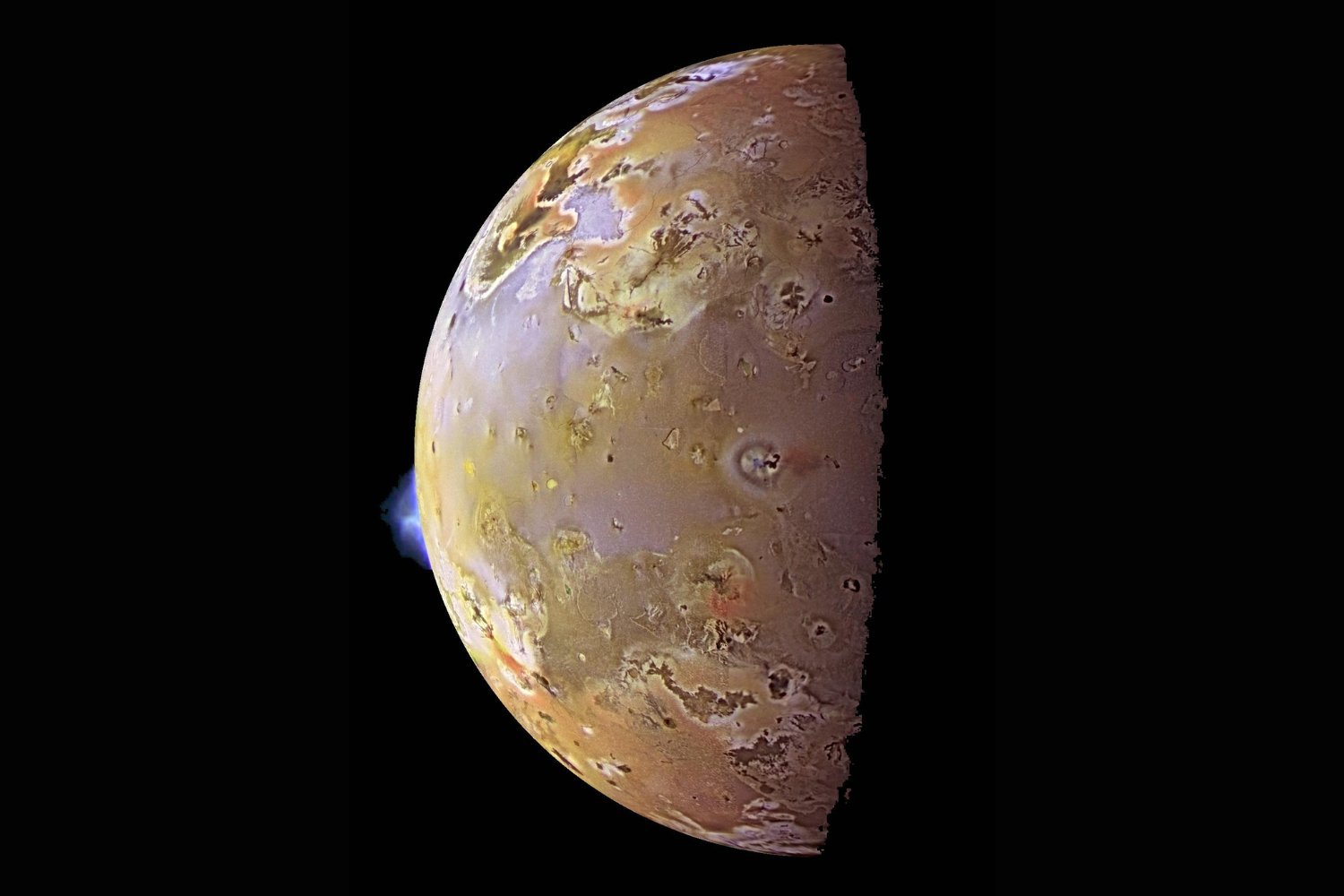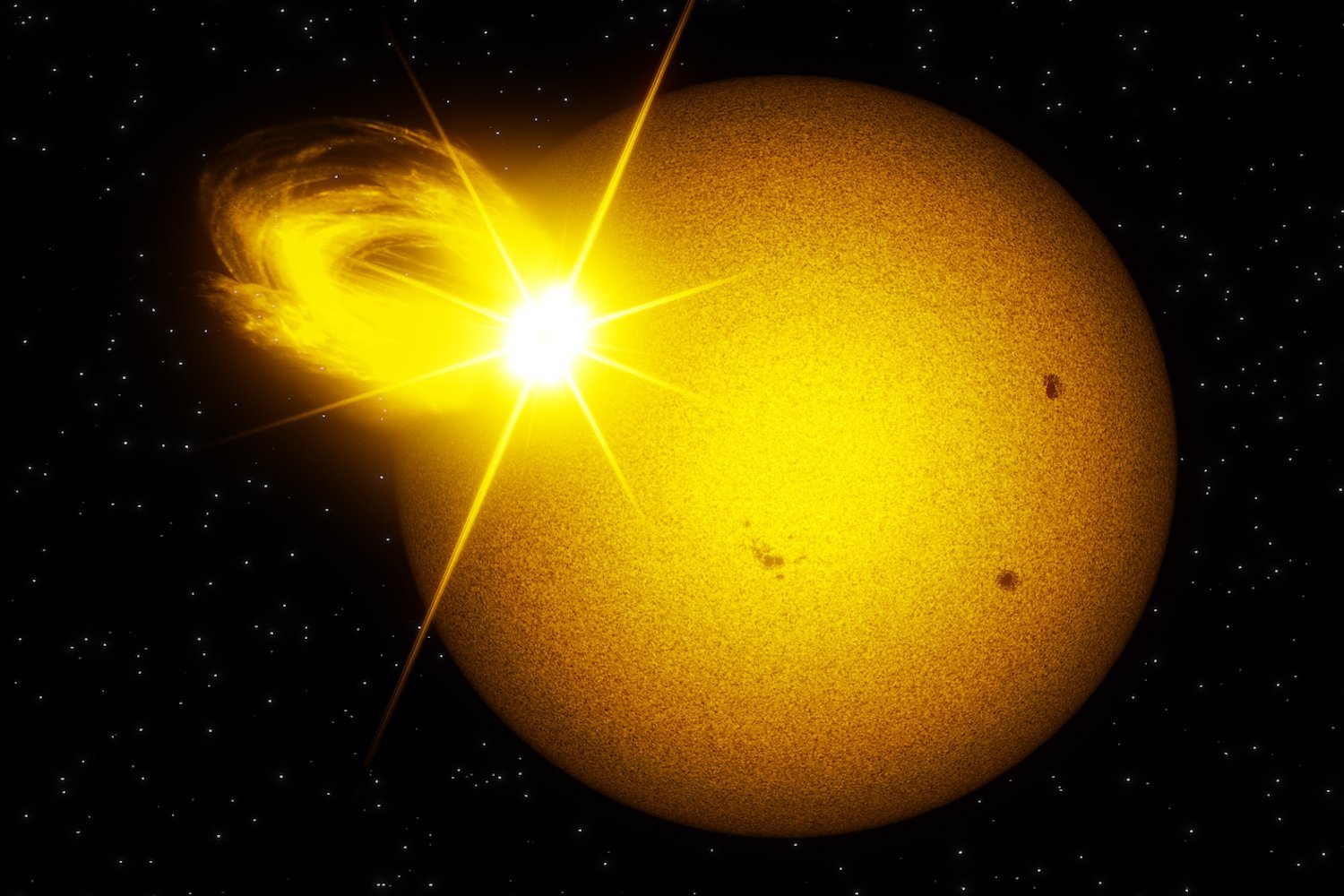Astronomer and curator of the Hiratsuka City Museum, Daichi Fujii, has captured remarkable videos showcasing bright flashes on the Moon’s surface, coinciding with the Geminid meteor shower. This suggests the possibility of Geminid meteors impacting our lunar neighbor.
The Moon’s surface bears witness to countless impacts from space debris. A 2015 NASA study revealed that the Moon experienced 19 Geminid impacts in 2006 and 21 in 2010. However, Fujii’s recent footage offers a rare glimpse of potential impacts in real-time.
Fujii recorded the flashes on December 8th at 7:41 p.m. and 10:34 p.m. local time, confirming the observations with multiple telescopes, according to his posts on X (formerly Twitter). He noted that while bright meteors and fireballs are a common occurrence, capturing lunar impact flashes in such succession is remarkable.
The Geminid meteor shower, a spectacular celestial event occurring annually in mid-December, offers stargazers a dazzling display of cosmic fireworks. NASA suggests that the Geminids are an excellent opportunity for younger viewers as the shower becomes visible around 9 or 10 p.m. Optimal viewing is achieved after allowing eyes to adjust to the darkness for about 30 minutes.
The Geminids originate from the asteroid 3200 Phaethon, discovered in 1983 by the Infrared Astronomical Satellite. Recent observations from a joint NASA-ESA mission revealed that Phaethon’s comet-like tail is composed of sodium rather than dust, potentially challenging existing theories about the Geminids’ origin.
Fujii’s keen eye for celestial events also led him to capture footage of NASA’s ICESat-2 satellite pulsing lasers into the night sky last year. This marked the first time the ICESat-2 team witnessed footage of the instrument’s lasers in action. Additionally, Fujii documented a meteor impacting the Moon last year, producing a flash similar to the recent observations.
While the origin of the recently observed lunar flashes isn’t definitively confirmed as Geminid impacts, an expert from the American Meteor Society indicated that the impact trajectory aligns with the expected path of a Geminid meteor.
For those who prefer warmer stargazing conditions, the Perseid meteor shower, another vibrant display, peaks in July and early August.



